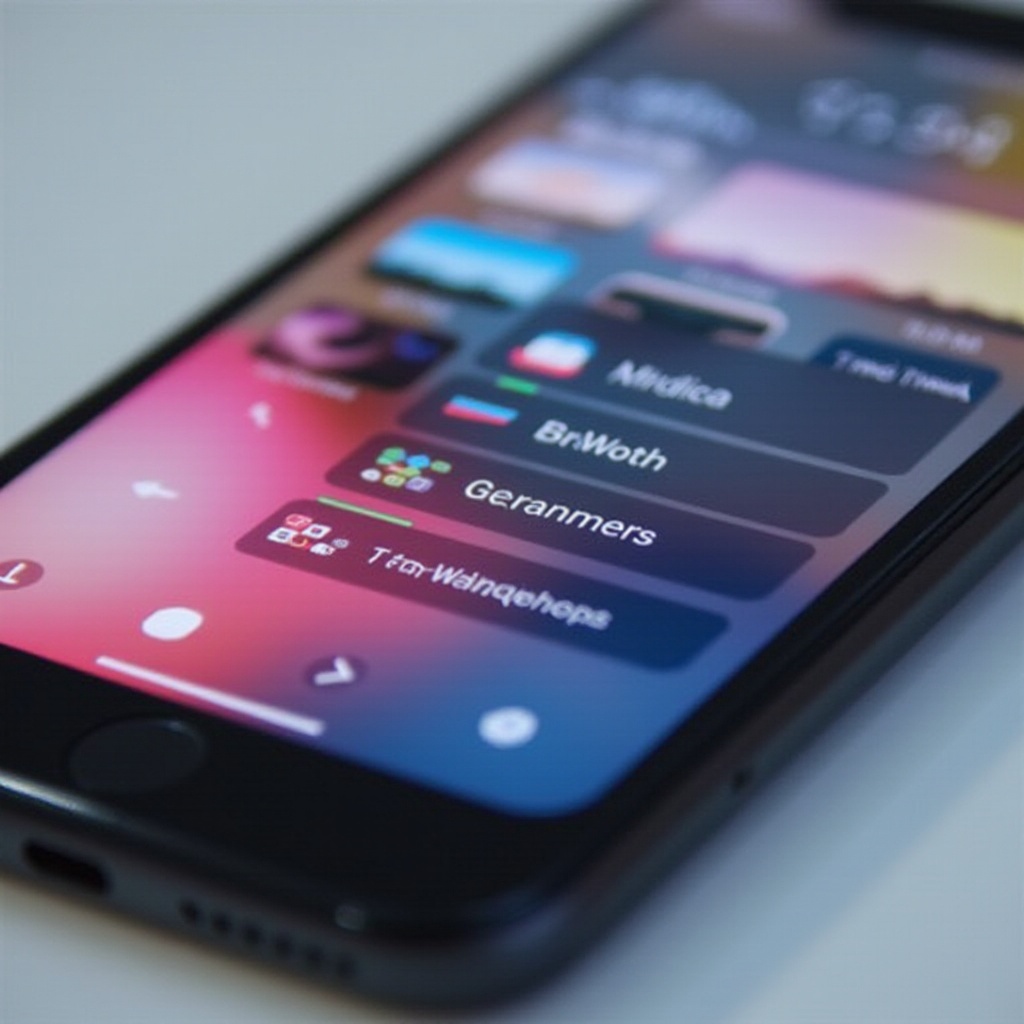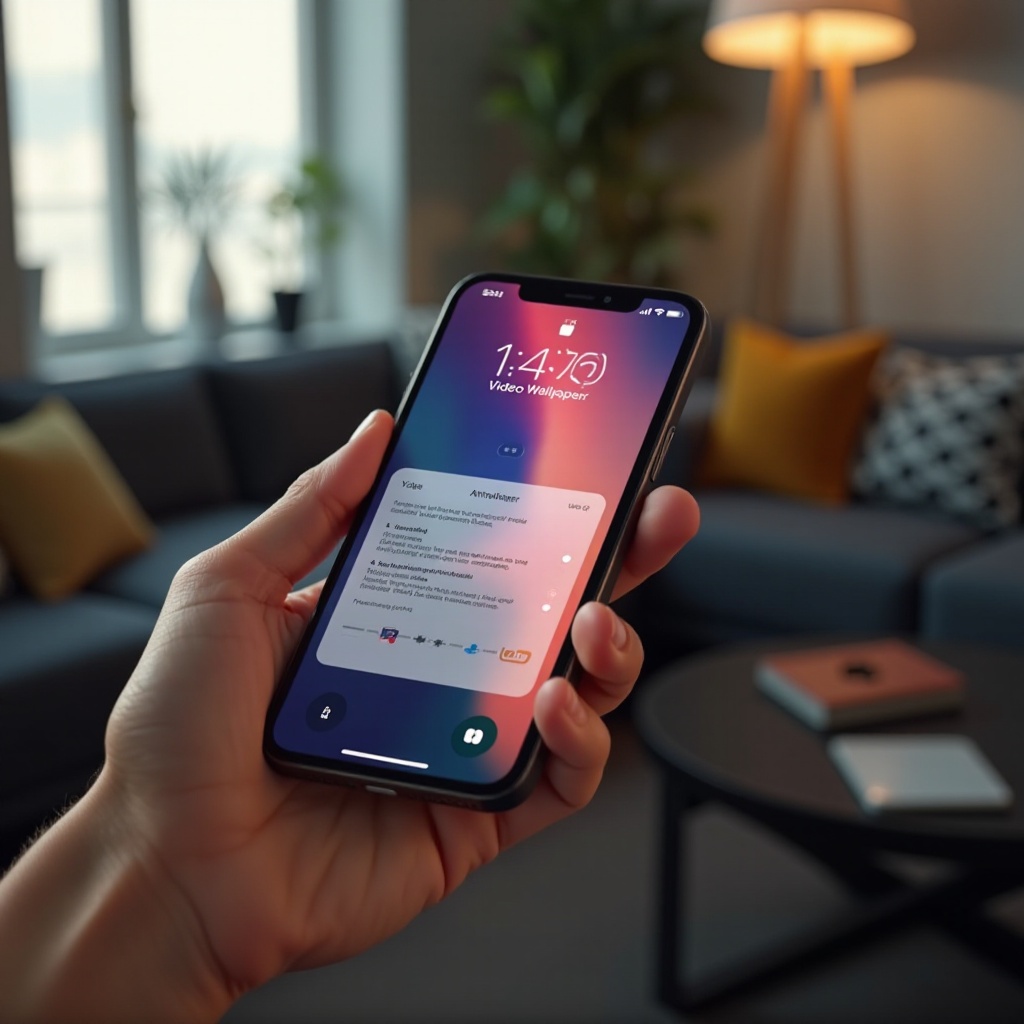Introduction
Customizing your iPhone’s wallpaper can add a unique touch that reflects your personality and style. While photos have been the traditional choice, the ability to set a video as your wallpaper adds a dynamic and eye-catching element to your iPhone. This guide will take you through the steps required to set a video as your wallpaper on an iPhone in 2024, ensuring your device stands out with a personalized touch.
Setting a video as your wallpaper on an iPhone is not just about enhancing its aesthetic appeal. It also includes a functional element where certain animations or live images can serve specific purposes, such as showcasing critical moments or reminders. Let’s dive in and explore how you can achieve this on your iPhone effortlessly.

Requirements and Compatibility
Before diving into the steps to set a video as your iPhone wallpaper, it’s essential to understand the prerequisite requirements and compatibility. Not every iPhone model supports this feature, so ensuring your device can handle it is vital.
Firstly, this feature is available on iPhones running iOS 14 and later versions. Although almost all iPhones support iOS updates, make sure your device is up to date to avoid any hitches. Additionally, ensure you have ample storage space, as videos consume more space than static images, and a lack of storage might hinder the process.
Preparing Your Video
Once you have confirmed that your iPhone is compatible, the next step is preparing the video you want to set as your wallpaper. Here’s how you can get started:
- Select a Video: Choose a video that you’d like to use. It can be a pre-recorded clip or one you have downloaded.
- Adjust the Length: The video for a live wallpaper should ideally not be longer than 5-7 seconds. You can use the built-in editing tools in the Photos app to trim the video to the required length.
- Orientation and Quality: Ensure the video is in portrait mode for the best fit on your screen. High-quality videos, preferably HD, will offer the best visual experience.
- Save to Photos App: Once edited, save the video back to your Photos app, which is the source from where the video will be set as wallpaper.
By preparing your video, you are simplifying the next steps, making the entire process smooth and hassle-free.
Using the Photos App to Set Video as Wallpaper
Now that your video is well-prepared, the next step involves setting it as your wallpaper using the Photos app. Here’s a detailed step-by-step guide:
- Open Photos App: Start by opening the Photos app where your edited video is saved.
- Select the Video: Locate the video you have prepared and tap on it to open it in full-screen mode.
- Tap the Share Icon: Look for the share icon, typically located at the bottom-left corner of the screen, and tap on it.
- Select Use as Wallpaper: From the share menu, scroll down and select the option ‘Use as Wallpaper’.
- Adjust and Preview: You will see a preview of how the video will look as your wallpaper. Adjust the positioning if needed.
- Set as Live Wallpaper: Make sure the ‘Live Photo’ option is selected. This ensures the video plays when you press the screen.
- Choose Screen Options: You can choose to set the video wallpaper for your lock screen, home screen, or both.
By following these steps, your video will be successfully set as your wallpaper, adding a dynamic touch to your iPhone.
Using Third-Party Apps for Video Wallpapers
While the Photos app is a straightforward method, several third-party apps available on the App Store offer advanced features for setting video wallpapers. These apps often provide additional customization options such as adding special effects, loops, and more. Some popular ones include:
- LiveMaker – Live Wallpapers Maker: This app allows you to create live wallpapers with various effects and customizations. You can also use GIFs and multiple video formats.
- intoLive: intoLive is another excellent app for converting videos to live wallpapers. It offers editing tools, filters, and the option to adjust playback speed.
- VideoToLive: This app provides a simple interface for converting videos into live photos. It supports various video formats and allows quick conversion.
To use these apps:
1. Download and Launch the App: Install the chosen app from the App Store and open it.
2. Select and Edit Video: Use the app’s tools to select, edit, and customize the video.
3. Save and Set as Wallpaper: Following the app’s instructions, save the converted live photo and set it as wallpaper via the Photos app.

Troubleshooting Common Issues
Sometimes, you might encounter issues while setting a video as your wallpaper. Here are some common problems and how to resolve them:
- Video Not Playing: Ensure the ‘Live Photo’ option is enabled. If using a third-party app, make sure the video was correctly saved as a live photo.
- App Crashes: Restart your iPhone and try again. Ensure the app you’re using is up to date.
- Battery Drain: Live wallpapers can consume more battery. To mitigate this, you might want to disable motion and animation effects by going to Settings > Accessibility > Motion > Reduce Motion.

Conclusion
Setting a video as your iPhone wallpaper is a fun and creative way to personalize your device. Whether using the built-in Photos app or third-party apps, the process is straightforward and can be completed in just a few steps. By following this guide, you can ensure a smooth experience and enjoy your new, dynamic wallpaper.
Frequently Asked Questions
Can I use any video as my iPhone wallpaper?
Not all videos are suitable for use as wallpapers. Ensure the video is in portrait mode and ideally no longer than 5-7 seconds. Additionally, it should be a live photo or correctly converted to that format.
Will using a video as a wallpaper drain my battery faster?
Yes, using a video as a wallpaper can consume more battery than a static image. To reduce battery drain, consider reducing motion settings and limiting background animations.
Do I need a specific app to set a video as wallpaper on iPhone?
While you can use the built-in Photos app to set a video as your wallpaper, third-party apps like LiveMaker, intoLive, and VideoToLive offer more customization options and might enhance your experience.